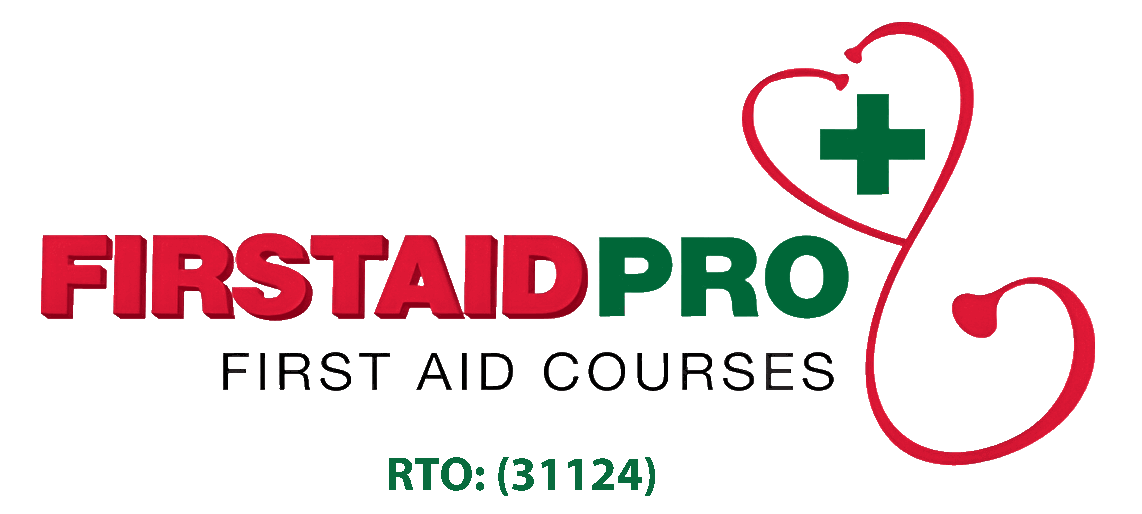Manual handling is one of the most common causes of workplace injuries. Correct manual handling techniques are crucial. It may mean the difference between a productive day at work or being off work due to injury.
Workplace Risk and Injury
The term manual handling refers to the act of pushing, pulling, or using one’s physical force to lift and carry loads. Tasks not carried safely can pose a risk for injury.
Manual handling injuries affects 1 in every 3 Australian workers. It also accounts for 24% of working days lost due to work-related injuries. These include musculoskeletal disorders (MSDs), which causes pain in the arms, legs, joints. All repetitive strain injuries of various sorts often result in MSD.
Most Australian businesses now require workers to do some form of manual handling. From retail workers, construction workers, emergency medical technicians, assistant nurses, and even those who work in a back office. Poor execution of any given task can lead to injury. It may result from lifting heavy or unbalanced loads, having awkward postures, slippery floors, and an unsafe work environment. All these can lead to life-long disability, lost work hours or productivity, and expensive compensation claims for its workers.
Preventing manual handling injuries starts with avoiding heavy tasks as far as possible. Employers must do a thorough risk assessment and put sensible health and safety measures in place to prevent injuries.
The result of poor manual handling might not be fatal, but it can be painful, and it lasts longer.
Manual Handling Code of Practice
Australia’s Code of Practice requires employers and business owners to reduce workplace injuries wherever, whenever possible. It acknowledges their continuing connection in improving workers’ health and safety arrangements. This model code of practice serves as a minimum standard in business operation and do not intend to restrict the development of higher standards.
It is not always possible to eliminate manual handling, and, in most cases, it will be necessary. If there is a potential risk of injury, it is essential to complete a workplace risk assessment beforehand. It will allow you to identify hazards, assess the individual, the tasks, and the environment.
Training and Risk Assessment
Teaching your workers how to perform manual tasks properly is an effective way to prevent injuries. It also helps your business by avoiding expensive claims for damages due to neglect of safety in the workplace.
Many registered training organizations (RTO) in Australia offers face-to-face training at your preferred location and a convenient time to suit your needs. Enrolling your workers in a formal manual handling training course allows them to:
- Identify the risk and hazards associated with poor manual handling
- Familiarize with work safety requirements and obligations (per the Australian law)
- Correct use of mechanical aid
- Adopt correct lifting and carrying techniques
- Handle different emergency scenarios relating to their role or position
- Provide first aid care to a wide range of emergencies in the workplace
Manual handling training involves registered training providing coming to your workplace (or in your chosen location) to conduct special sessions with your employees. First Aid Pro Adelaide offers corporate or group workplace training, train the trainer and tailored manual handling training, which takes a minimum of 4 hours (it may be longer for large and more complex workforces).
We offer comprehensive manual handling training and assessments to a variety of professions, industries, and working groups in Australia. Refresher courses are also available.
Find out more and book your course.
Conclusion
Manual handling training gives workers the skills to safely perform tasks, reducing their risk of injury. Proper training empowers the participants to ensure they remain safe, comfortable, and productive at work.

